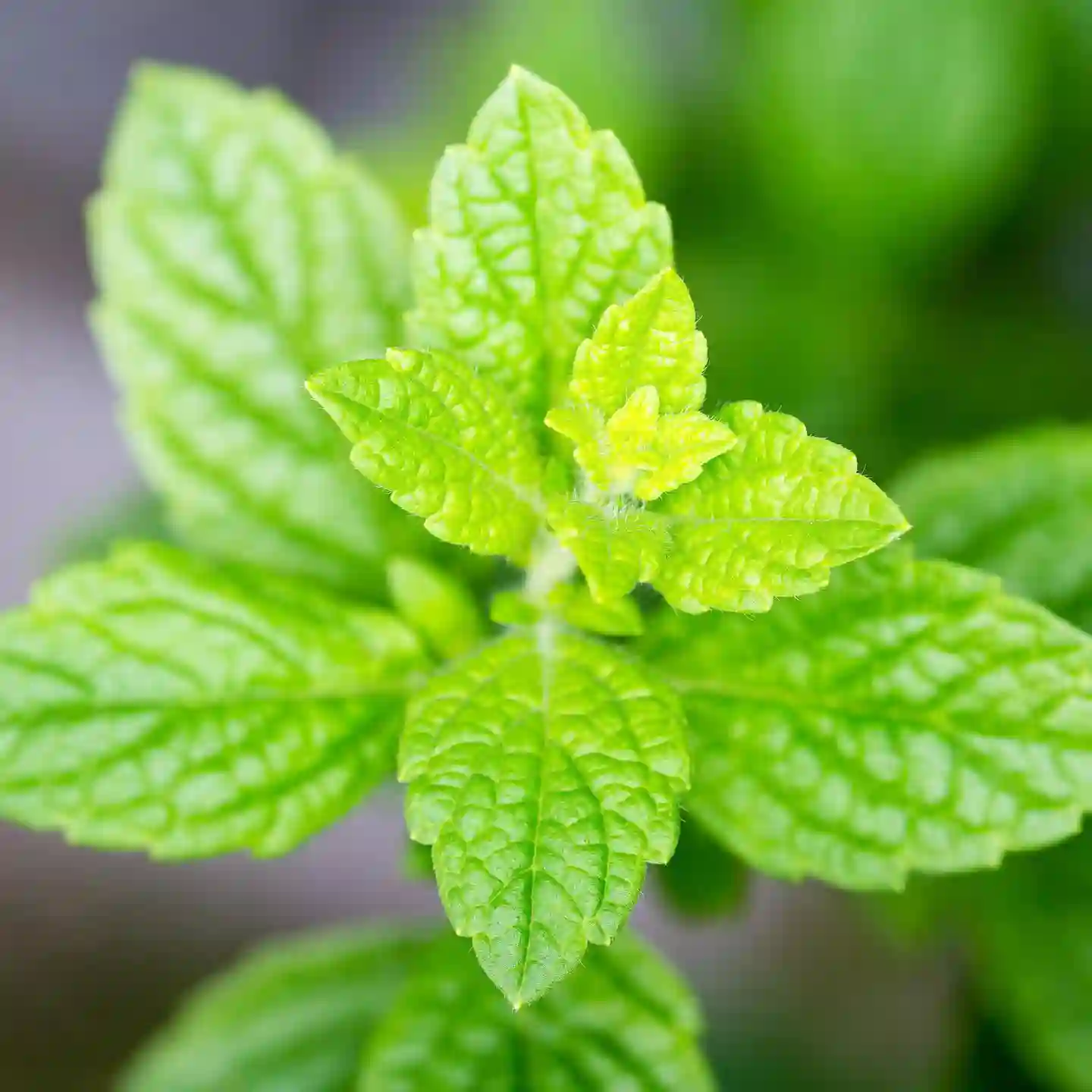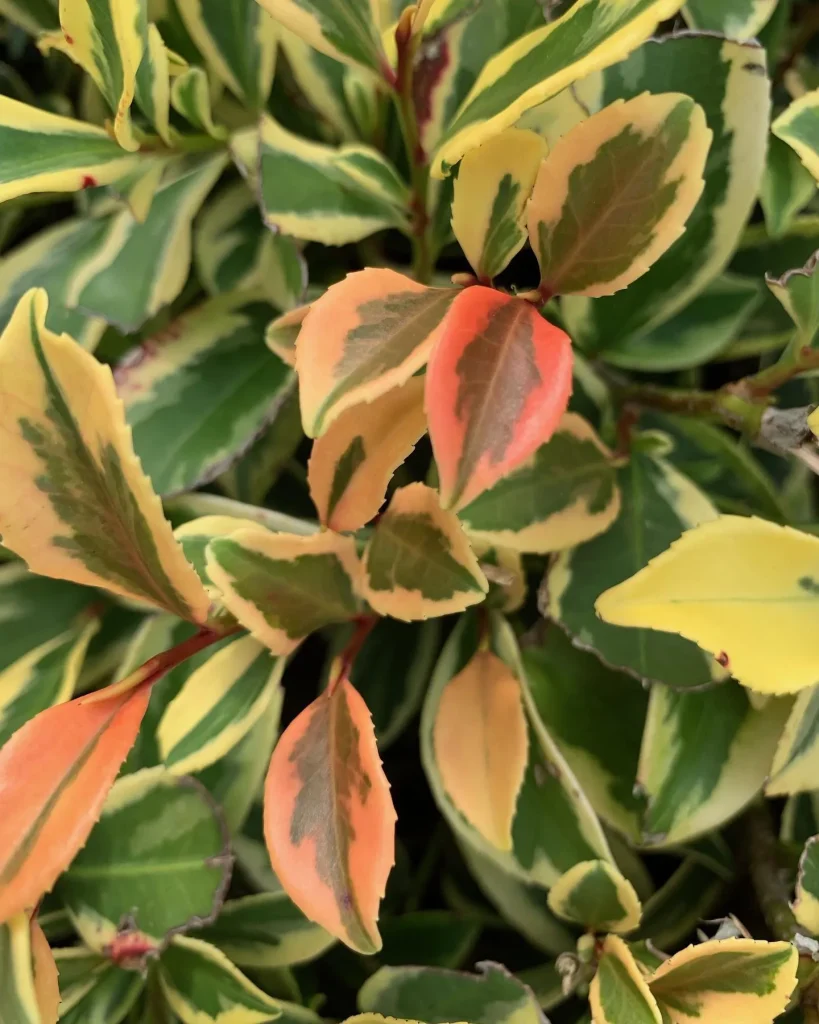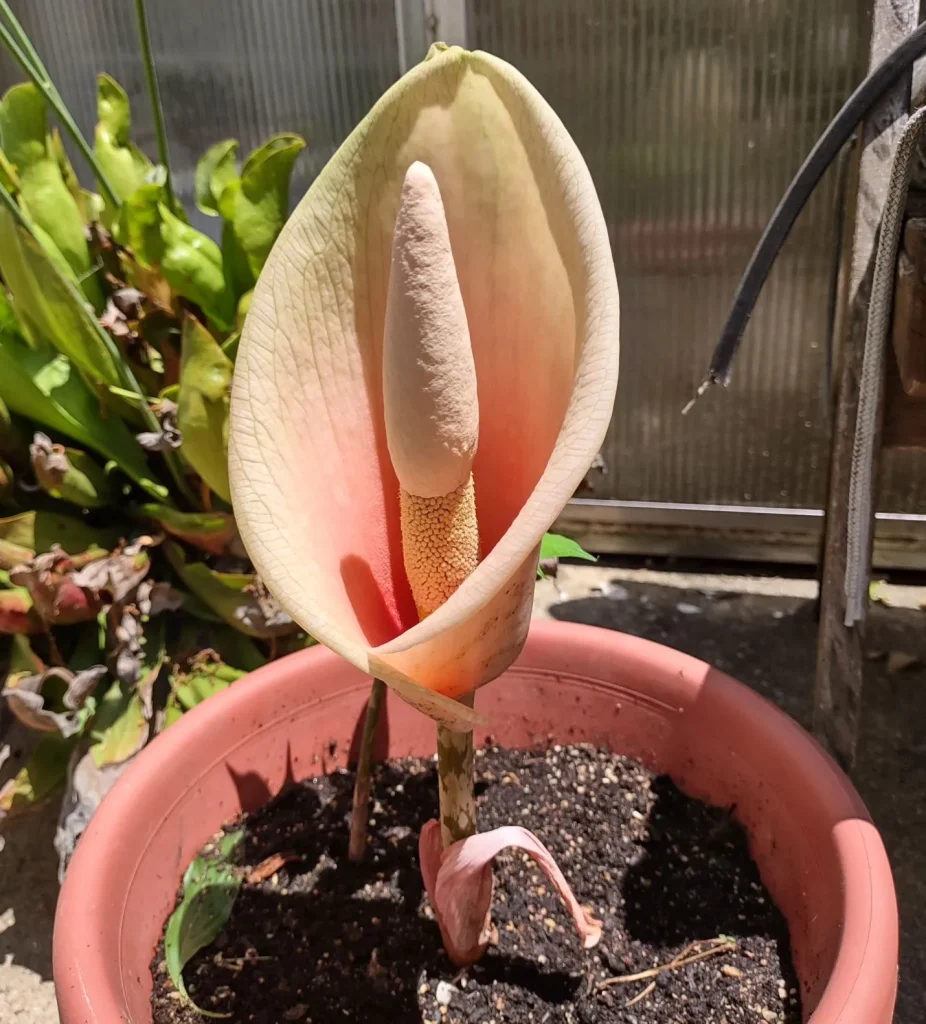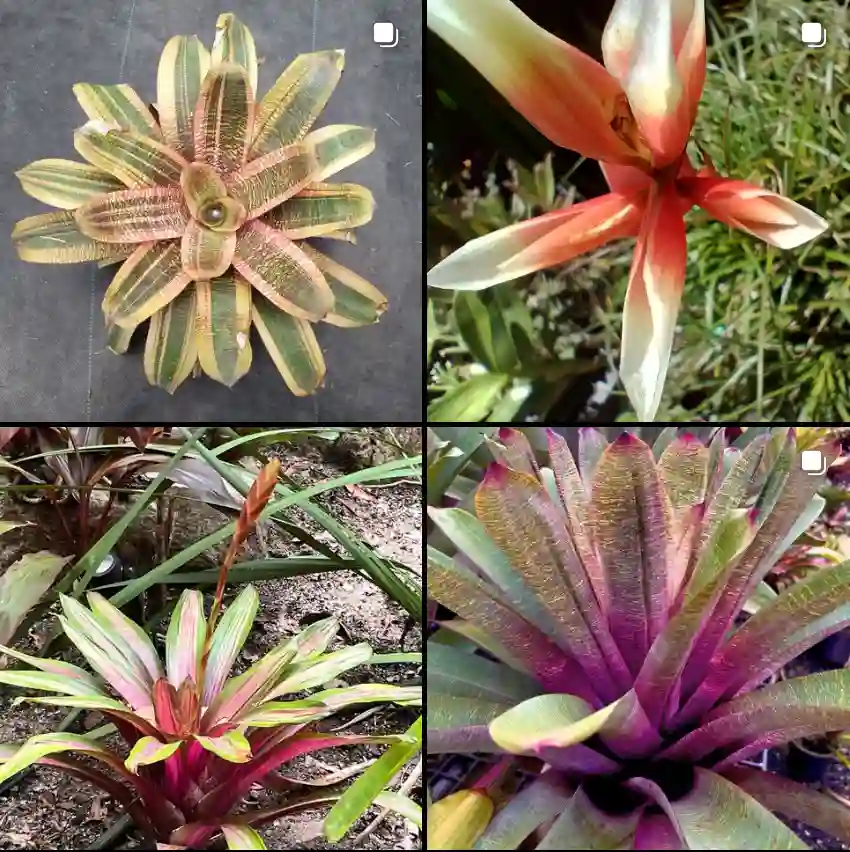FAQs About Lippia Alba
Lippia Alba, also known as “Bushy Matgrass” or “Lemon Verbena,” is a plant I’ve had the pleasure of working with quite a bit. It’s one of those versatile, aromatic plants that has found a place in both my garden and herbal practices. Here are some frequently asked questions that I’ve come across about Lippia Alba, which I’ll dive into from my own experience.
176 Species in Genus Lippia
What Is Lippia Alba?
Lippia Alba is a perennial shrub native to Central and South America. It’s known for its small, fragrant leaves and clusters of tiny white or lavender flowers. The plant belongs to the Verbenaceae family and is often referred to as “Lemon Verbena” due to its citrusy aroma, though it’s not to be confused with the true Lemon Verbena (Aloysia Citrodora).
How to Care for Lippia Alba?
Caring for Lippia Alba is straightforward, making it a great addition to any herb garden or landscape. Here’s what I’ve found works best:
- Sunlight: Lippia Alba thrives in full sun to partial shade. I’ve noticed it does better when it gets at least six hours of direct sunlight a day.
- Soil: Well-drained soil is key. While it’s quite adaptable, I’ve had the best growth in sandy or loamy soil.
- Watering: Although drought-tolerant, regular watering helps. I water mine deeply once a week, more often in particularly hot weather.
- Pruning: This plant can grow quite large, so regular pruning helps maintain its shape. I usually prune mine in the spring to encourage new growth.
- Temperature: It’s frost-sensitive, so if you’re in a colder climate, it’s best to grow it in a container that can be moved indoors.
How to Propagate Lippia Alba?
Propagating Lippia Alba is something I’ve done successfully multiple times. The easiest method is by stem cuttings:
- Select a Healthy Stem: Choose a non-flowering stem that’s about 4-6 inches long.
- Cut Just Below a Node: This is where the leaves attach to the stem.
- Remove Lower Leaves: Strip the leaves from the bottom half.
- Plant in Soil: Place the cutting in moist, well-drained soil and keep it in indirect sunlight. In about 3-4 weeks, roots should begin to form.
Alternatively, you can propagate Lippia Alba through seeds, but this method takes longer and can be less reliable.
What to Plant with Lippia Alba?
Lippia Alba pairs well with other aromatic or medicinal plants in the garden. I usually plant it alongside:
- Lavender: Both plants love sunlight and well-drained soil, and the scent combination is fantastic.
- Lemon Balm: The citrusy aromas complement each other nicely, and they have similar growing conditions.
- Thyme: A low-growing companion that thrives in the same environment as Lippia Alba.
These companions not only enhance the aesthetics of your garden but also help create a harmonious environment for growth.
Is Lippia Alba Toxic?
Lippia Alba is generally non-toxic to humans, which makes it safe for use in teas and other herbal remedies. However, if you’re thinking about its safety for pets, some caution is advised. I haven’t personally had issues with it around pets, but some sources suggest that large amounts could upset their digestive system. Always consult with a vet if you’re concerned about your animals nibbling on it.
What Are the Benefits of Lippia Alba?
One of the reasons I grow Lippia Alba is for its many benefits. It’s widely used in herbal medicine, and I’ve found it to be a versatile addition to my home remedies:
- Stress Relief: The leaves can be brewed into a calming tea. I’ve used it to help with relaxation after a long day.
- Digestive Aid: Drinking Lippia Alba tea has been said to aid digestion and relieve stomach discomfort.
- Anti-inflammatory: Its leaves contain compounds with anti-inflammatory properties, which I’ve used in poultices for skin irritation.
It’s also used in some cultures as a mild sedative, and the essential oils from the plant are sometimes added to lotions and perfumes.
Common Problems with Lippia Alba
Lippia Alba is relatively hardy, but there are a few issues I’ve encountered:
- Pests: While not particularly prone to pests, I’ve seen aphids and spider mites on occasion. A simple spray of neem oil usually takes care of it.
- Root Rot: This can be a problem if the plant is left in overly wet soil. Proper drainage is essential.
- Leggy Growth: If it’s not getting enough sunlight, Lippia Alba can become leggy. Pruning and ensuring it gets enough light will keep it looking bushy and healthy.
Compare Lippia Alba with Similar Plants
Lippia Alba is often confused with Lemon Verbena (Aloysia Citrodora), and I’ve had people ask about the differences. While both plants have a lemony fragrance, Lemon Verbena has more elongated leaves and tends to be more delicate in colder climates. Lippia Alba, on the other hand, is more robust and can tolerate harsher conditions. I’ve found Lippia Alba to be easier to grow and maintain, especially if you’re looking for a hardy plant that still offers that wonderful citrusy scent.
How to Harvest Lippia Alba?
When it comes to harvesting, I usually snip off the leaves in the morning when the essential oils are at their peak. The leaves can be used fresh in teas or dried for later use. I dry mine by hanging small bunches upside down in a cool, dark place. Once dried, the leaves can be stored in an airtight container and used throughout the year.
Conclusion
Lippia Alba is a remarkable plant that’s easy to grow and offers numerous benefits. Whether you’re using it for its medicinal properties, adding it to your herb garden, or simply enjoying its aromatic leaves, it’s a versatile plant that I highly recommend. By following the tips above, you can enjoy the full potential of this wonderful herb.
If i die, water my plants!



